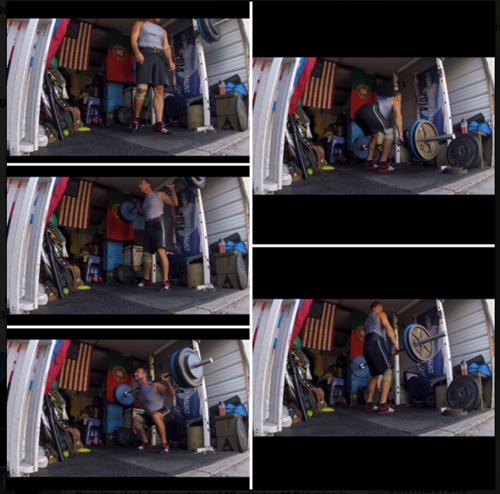October 1, 2021
The amount of time firefighters spend fighting fire is considerably lower than the time spent at the fire station. The intense impact that is placed on the heart muscle when the tones go off can be equal to a 20-minute workout.

While on duty, most firefighters get little to no exercise, which in turn places them at a larger risk for cardiac problems. While firefighters have to be prepared for any circumstance, many are unfortunately not ready for the adrenaline dump that occurs to the system. The outcome can be anything from injury and illness to medical leave or even death.
An emphasis must be placed on all firefighters to maintain an above level of fitness. Since firefighting is one of the toughest jobs in the world and heart attacks are the leading cause of death on the job, one would think that all firefighters would be in the best of shape. But, as we all know, that's sadly not the case.
The only way to achieve the required level of health is through wellness and fitness programs. In order to do this, it's vital that fire departments educate their members on fitness, mental wellness and dietary intake. Without this education and mandatory fitness policies, there won't be a reduction in cardiac disease and illness.
On-duty programs
Fire departments must begin the process by allowing their members to physically train on duty. This can be achieved with little to no investment in equipment. The easiest way to get firefighters up and working out is to implement job-related workouts. Job-specific training is done in most academies and can continue on the road. All the tools you need can be found in most firehouses across the nation.
My department has adopted the JOSET© (Job Oriented Skills Endurance Training) functional training program. This type of training is placed in a circuit program and involves job task movements.
Beginner circuit
Attire for a JOSET beginner circuit should be helmet, gloves, and sweats. It doesn't really matter about the about amount of reps that are carried out — the real workout is the act of doing job skills properly in a continuous motion for the full 20 minutes. You can move through the full course many times or work on a particular skill longer than another. Prior to beginning any type of fitness training, you should take the time to warm-up for about five minutes. You can achieve this with a light jog, rope jumping, jumping jacks, etc.
Tasks:
This circuit has no start or finish — wherever you start might not be where you end, and the course duration is 20 minutes of continuous movements.
The equipment used includes a 24 ft extension ladder, a 45lb barbell, a 1.75 inch hose, a sledgehammer or axe, a 14 ft ladder, and a Rescue Randy or hose dummy.
For the drag, you can make a wooden sled to place the weight and connect a small section of hose. Hose drags can be 75-100 ft.
In addition:
Following the circuit, all members should take time to stretch. All stretches must be held for 15-20 seconds in duration, avoiding the locking of elbows or knees. Fire departments can repeat this training each shift if on a 24/48, but remember to change it up to avoid boredom by adding in new tasks or doing calisthenics in place of the JOSET.
At the conclusion of the JOSET training session, members need to hydrate themselves with plenty of water. Remember to drink water during exercise as well. Members can also take down post vitals every five minutes and record them. This will give training staff vital information on rehab time and fitness levels.
The profession of firefighting is strenuous. One would think that firefighters would be in better shape than the average person. The possibility of severe health risk due to a lack of exercise should motivate firefighters and fire departments to develop programs that will keep fitness levels at its highest. Remember that you impact not only the people you work with but the people you serve — let the training begin!
Emergency Responder Health WODS: LEG BLAST (erhwods.blogspot.com)
 The workout hits the most utilized part of the Firefighter arsenal, LEGS. Don’t mistake the full-body workout that this offers as well. Draining the oxygenated blood to the core and legs taxes the lungs and puts the work on the cardiac muscle as well.
The workout hits the most utilized part of the Firefighter arsenal, LEGS. Don’t mistake the full-body workout that this offers as well. Draining the oxygenated blood to the core and legs taxes the lungs and puts the work on the cardiac muscle as well.
The weights used are my own and should be adjusted to each person's individual ability. You might do more or less weight. Just try to use the multiplier of 50% of 1 Rep Max weight to start and move up to 80% 1RM.
The finisher workout can be done stand-alone or after a lift session. It utilizes leg endurance and full body Cardiac metabolic work. The use of the FROG unit, can be simulated with a barbell and weights on either end.
Heart Health Tips
To reduce the chances of cardiac problems, the NVFC recommends the following:
 Back to Firewire
Next Post
Back to Firewire
Next Post
